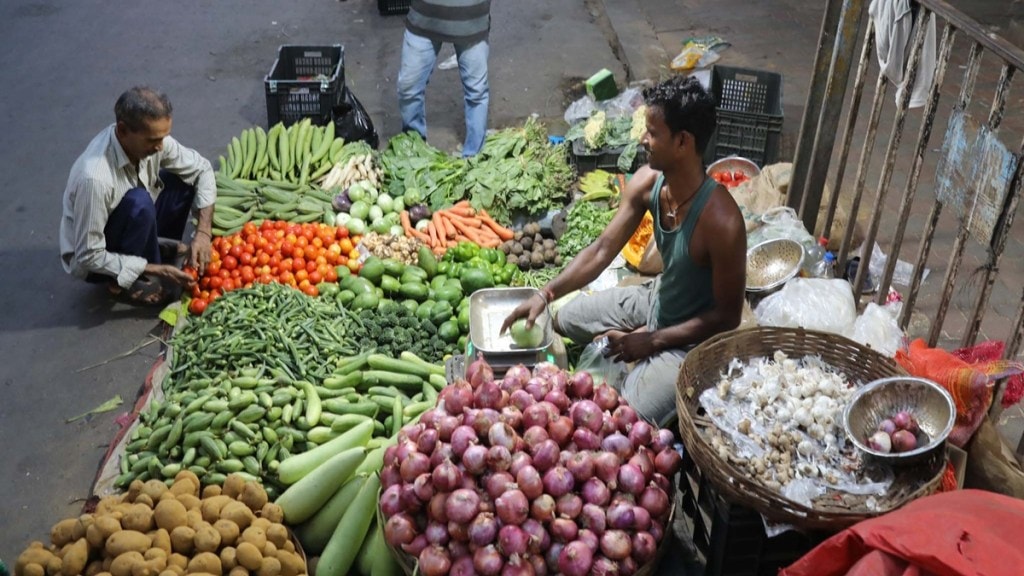Monsoon, which is tracking above normal, could help ease fears of a spike in food inflation. Rainfall activity in the second half of the monsoon season is expected to be above normal, with August’s rainfall forecast at 94% to 106% of the Long Period Average (LPA), and September projected to be even higher.
As of August 1, cumulative rainfall has been 3% above the LPA, following a strong July where rainfall exceeded normal levels by 10%. However, June saw a deficit of 11%. Rainfall distribution has been broadly positive, with 47% of the country experiencing normal rainfall and 32% seeing excess rainfall.
Despite this, daily retail food prices remain high, particularly for vegetables, which saw a 12.1% month-over-month increase in July, following a 21.1% surge in June. Headline Consumer Price Index (CPI) inflation for July stands at 3.5%, influenced by base effects and a rise in telecom tariffs. Food prices have shown signs of stabilization towards the end of July, according to a report by ICICI First Bank.
As of July 26, 2024, Kharif sowing has increased by 2.3% compared to the previous year. However, rice sowing is slightly lagging behind last year’s levels due to insufficient rainfall in states like Bihar and Jharkhand. Overall, 74% of the sowing has been completed. There have been notable increases in the sowing of pulses (+14%) and oilseeds (+3.8%), while paddy acreage has decreased marginally by 0.2%. The forthcoming rainfall in August will be crucial in mitigating these early shortfalls and ensuring stable crop yields, according to a report from PL Capital – Prabhudas Lilladher.
The Indian government has taken steps to stabilise the rice market by allowing grain-deficient states to purchase rice directly from the Food Corporation of India at Rs 2,800 per quintal, ahead of the 2024-25 procurement season. For the fiscal year 2025, CPI inflation is expected to moderate to 4.5% from 5.4% in the previous fiscal year, driven by stable core and fuel inflation. However, food inflation remains a key risk and will require close monitoring of monsoon progress and its impact on crop yields.

